Recommended reading on Dzogchen
Dzogchen is a Vajrayana perspective that says instantaneous, nondual awareness is available for everybody in every moment. I’m often asked for book recommendations. Here are some I most usually recommend on the theory and practice of Dzogchen.
Introductory
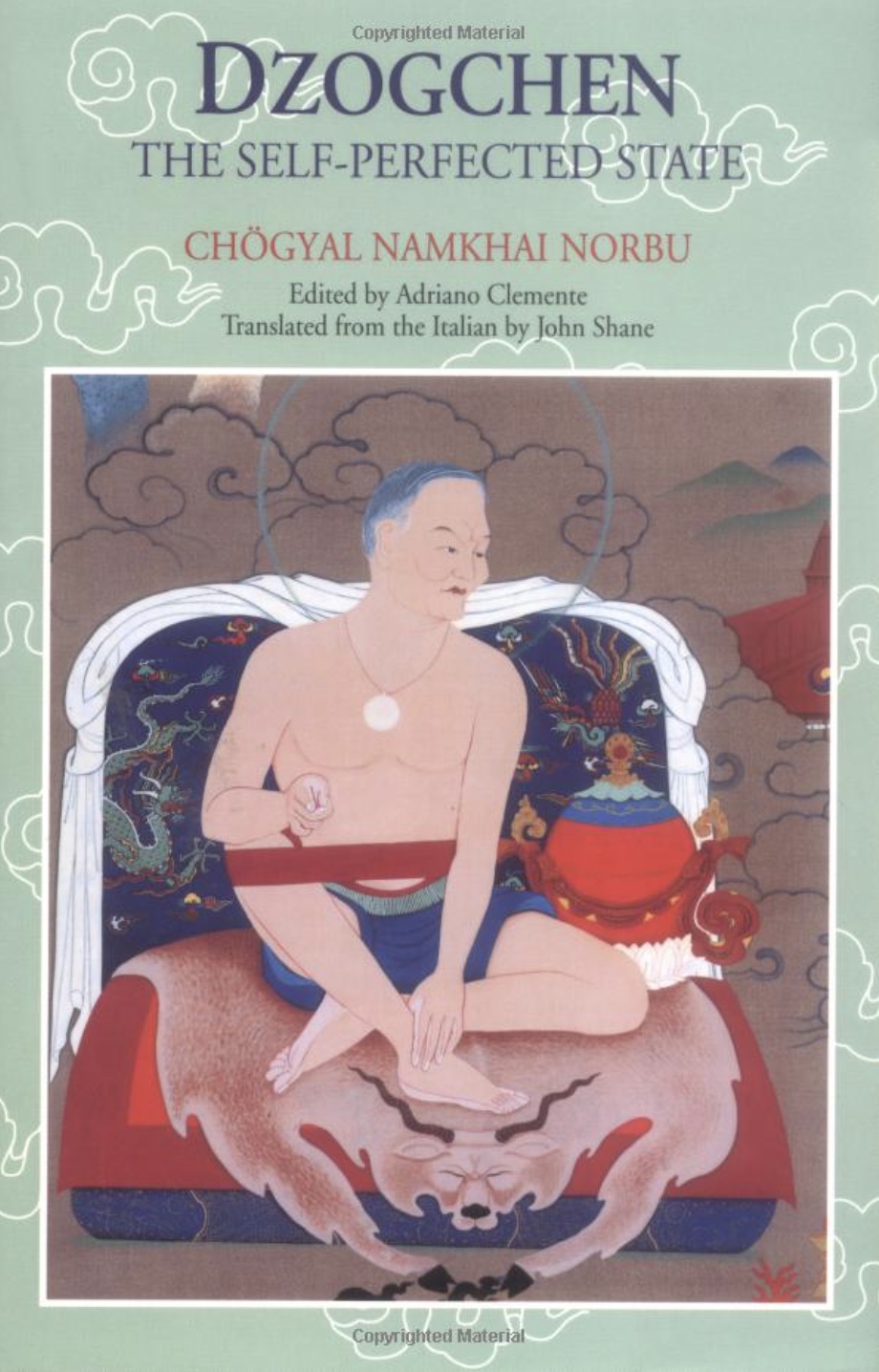
Namkhai Norbu’s books are easy to read. This is a short introduction explaining the way that Dzogchen categorizes itself in relation to Sutra, the path of renunciation and Tantra, the path of transformation. He includes one of the foundational, short, poetic Dzogchen texts, “The Six Vajra Verses,” with an explanation.
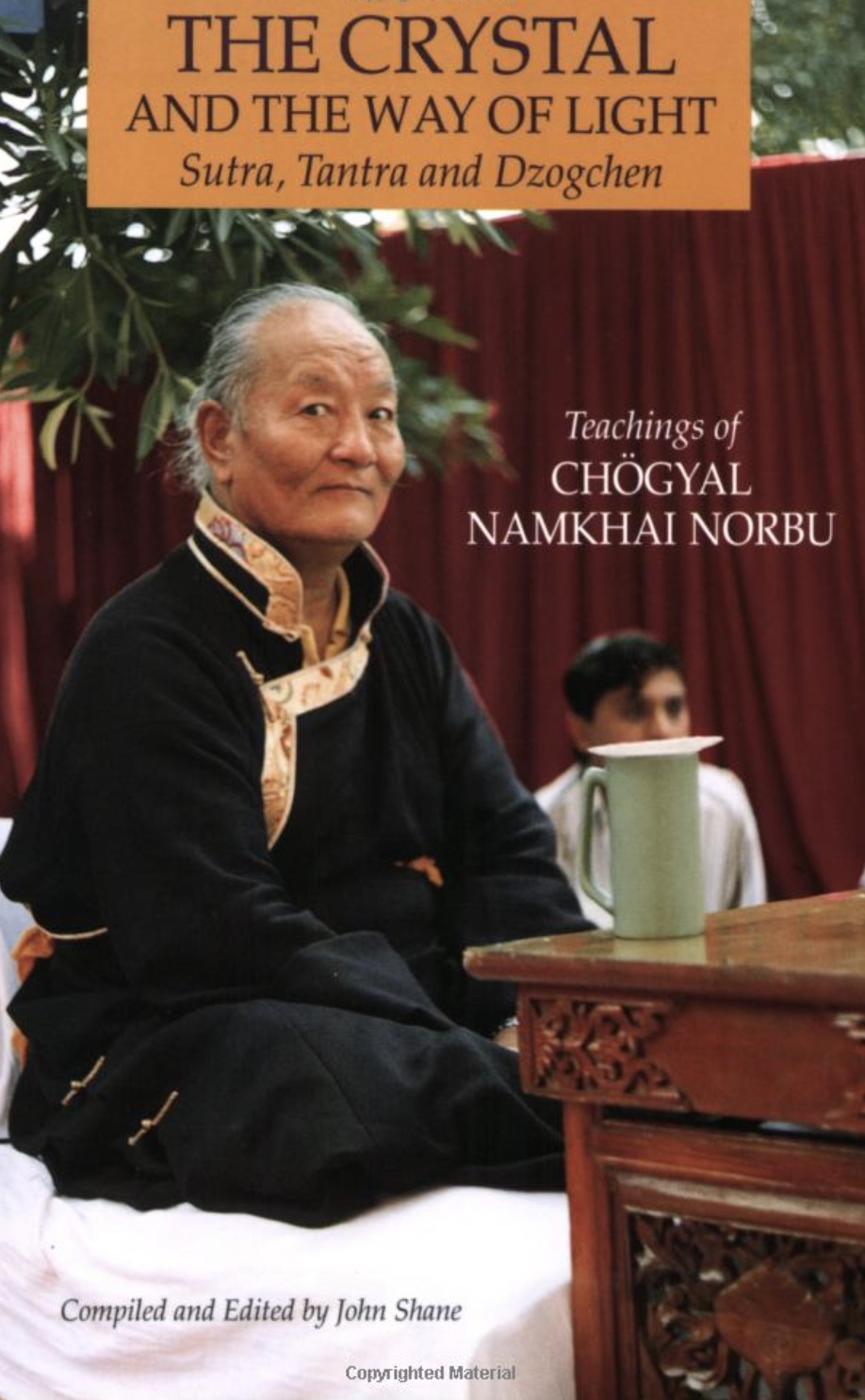
The Crystal and the Way of Light outlines the Dzogchen framework in more detail. This book is also a good introduction to Dzogchen symbolism. The outline is interspersed with stories from Namkhai Norbu’s life in Tibet and is an example of the view from a traditional, Tibetan frame of reference.
Namkhai Norbu taught from a traditional perspective. His origin accounts are visionary, not historical. For academic accounts of the historical development of Dzogchen, see my suggestions below.
Practices
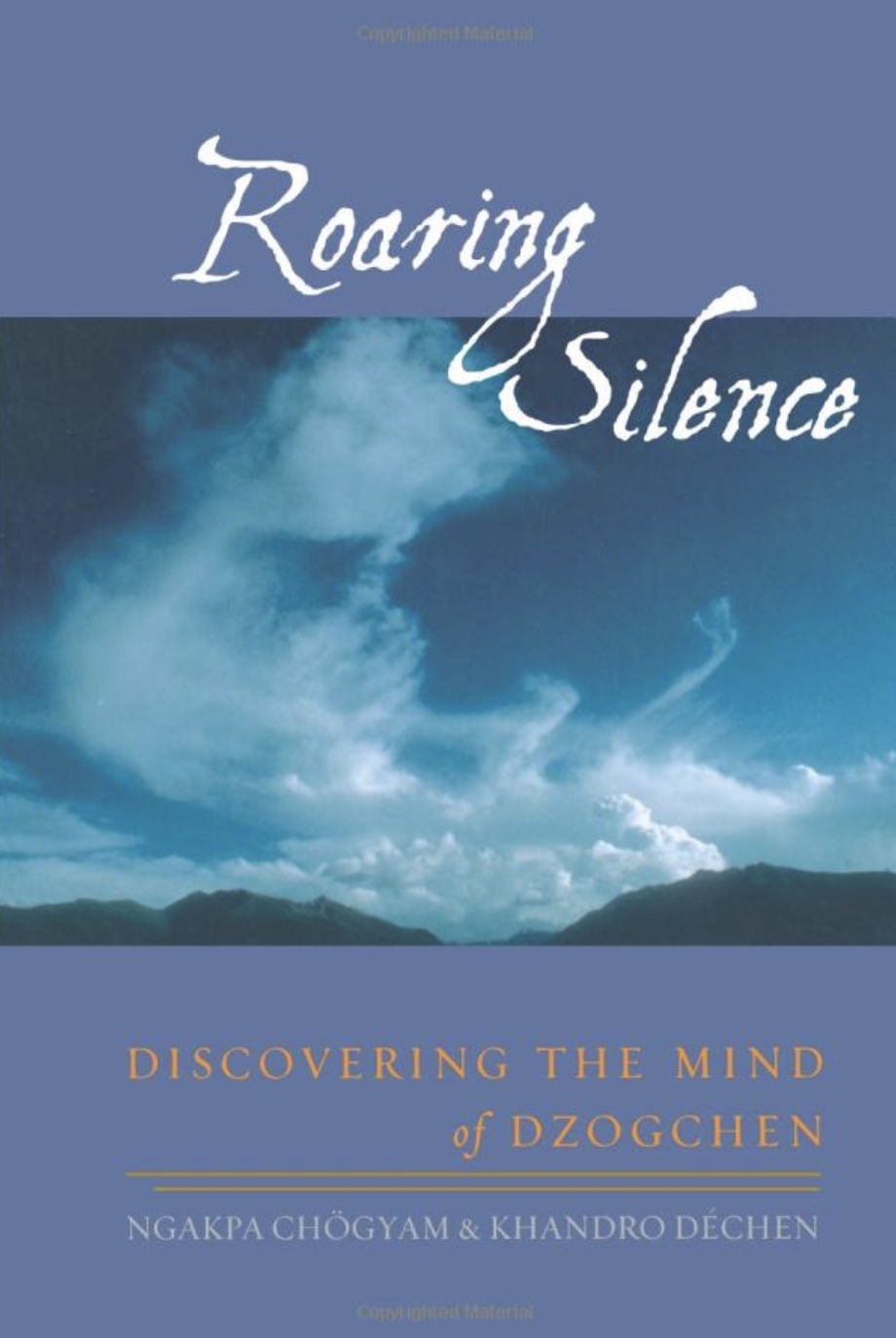
Dzogchen meditation involves methods that lead to opening, expansive awareness. The state of nondual presence is “rigpa”—pure awareness. The meditations described in this book are preparatory methods for experiencing rigpa. Most of the book focuses on the foundational practice of shi-ne.
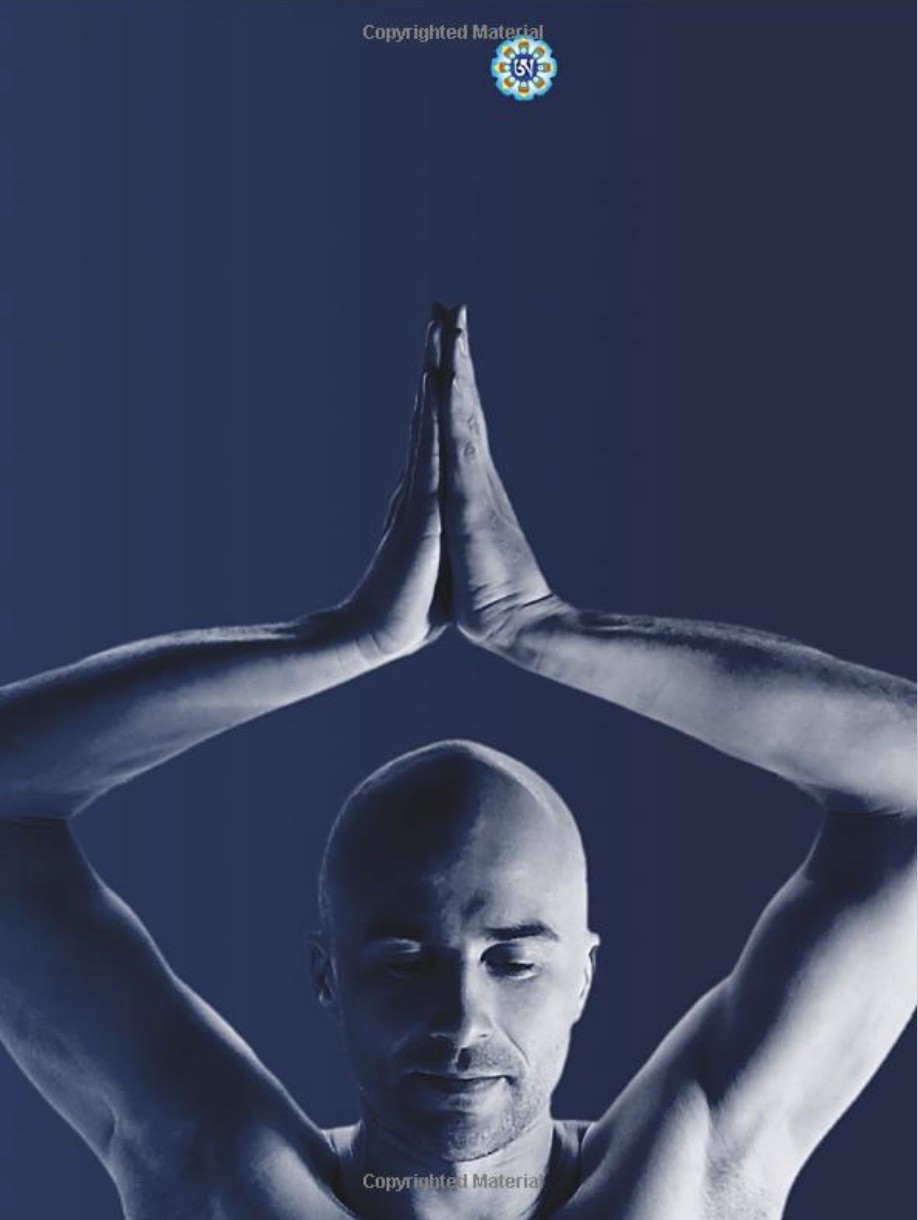
Dzogchen includes series of physical yogas of various sorts. Different Tibetan lineages teach their own yoga systems. One of the best known of those is Namkhai Norbu’s Yantra Yoga (Tib: “sPrul’khor”). There are several books and videos introducing the system.
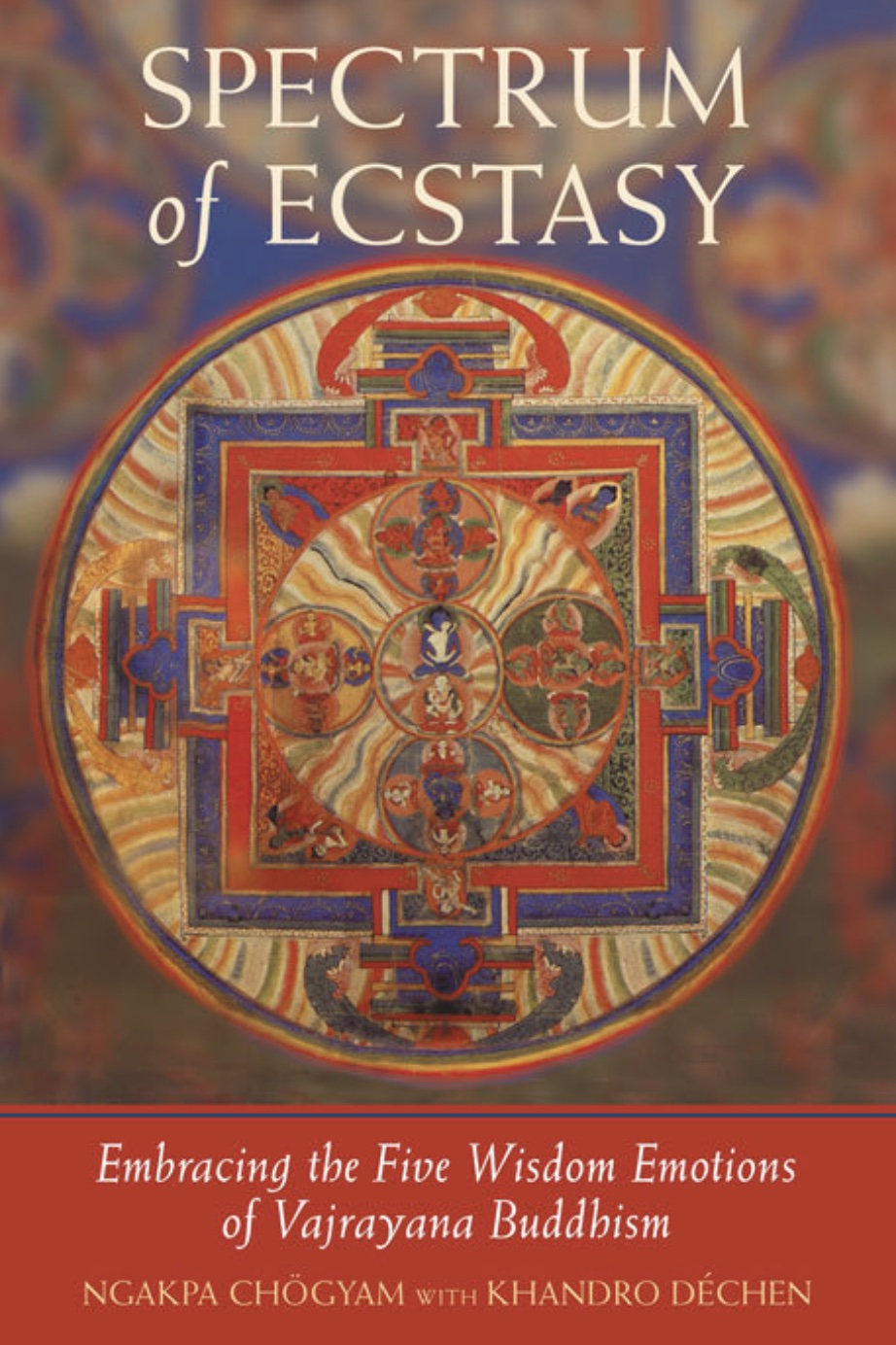
Our normal experience of emotions, both positively and negatively charged, is constrained. This book describes a view and a practice that liberates emotional experience from these habitual constraints into their unbounded, natural state. I wrote about Spectrum of Ecstasy here and about meditating with emotions here.
Dzogchen Texts
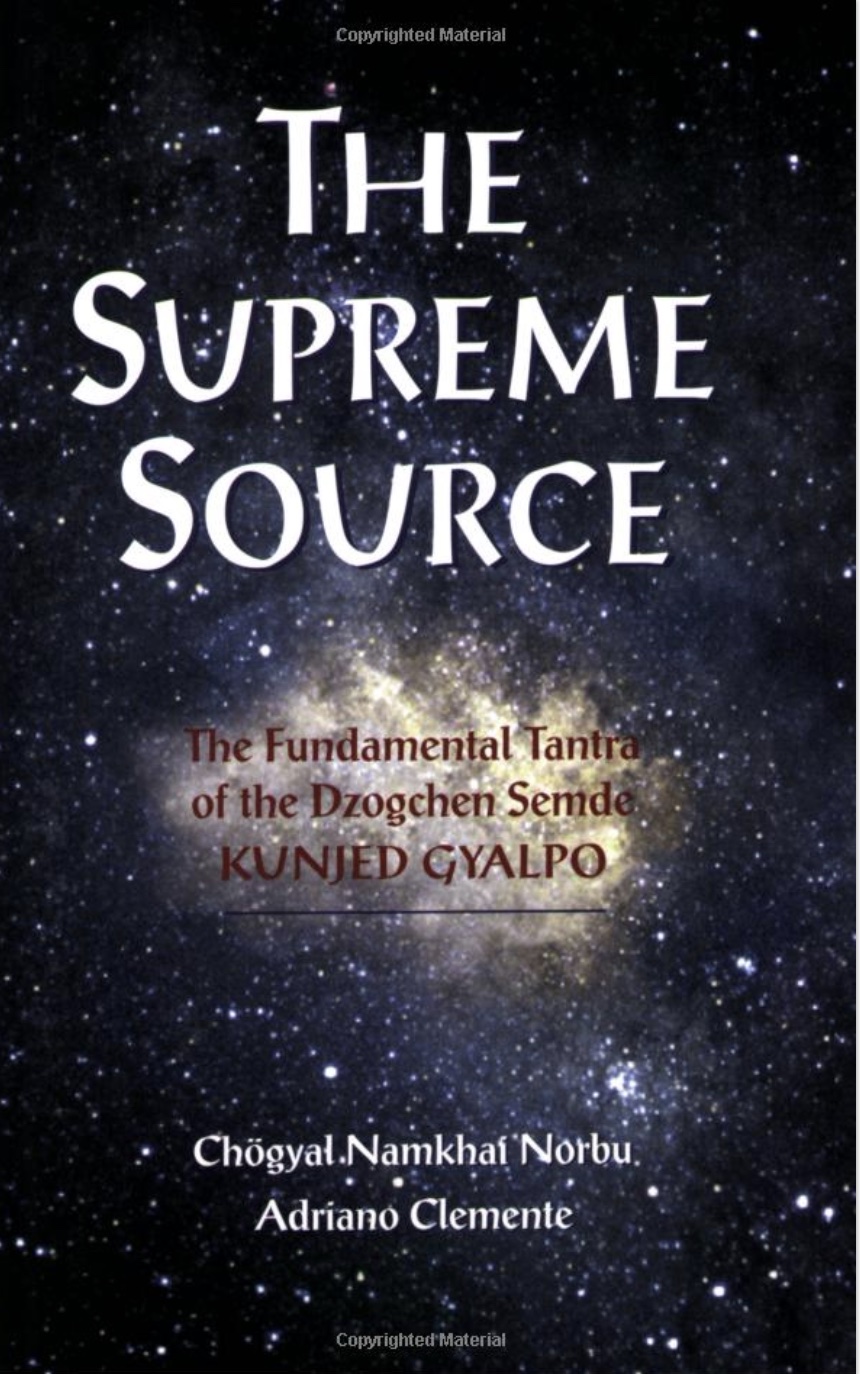
The Kunjed Gyalpo, the “all-creating king” is the root text of the Dzogchen “Nature of Mind” tradition. It is the most authoritative source for understanding the Dzogchen view—quite different to the renunciative flavor of the Sutras. It emphasizes experience above metaphysics and effortlessness over struggle.
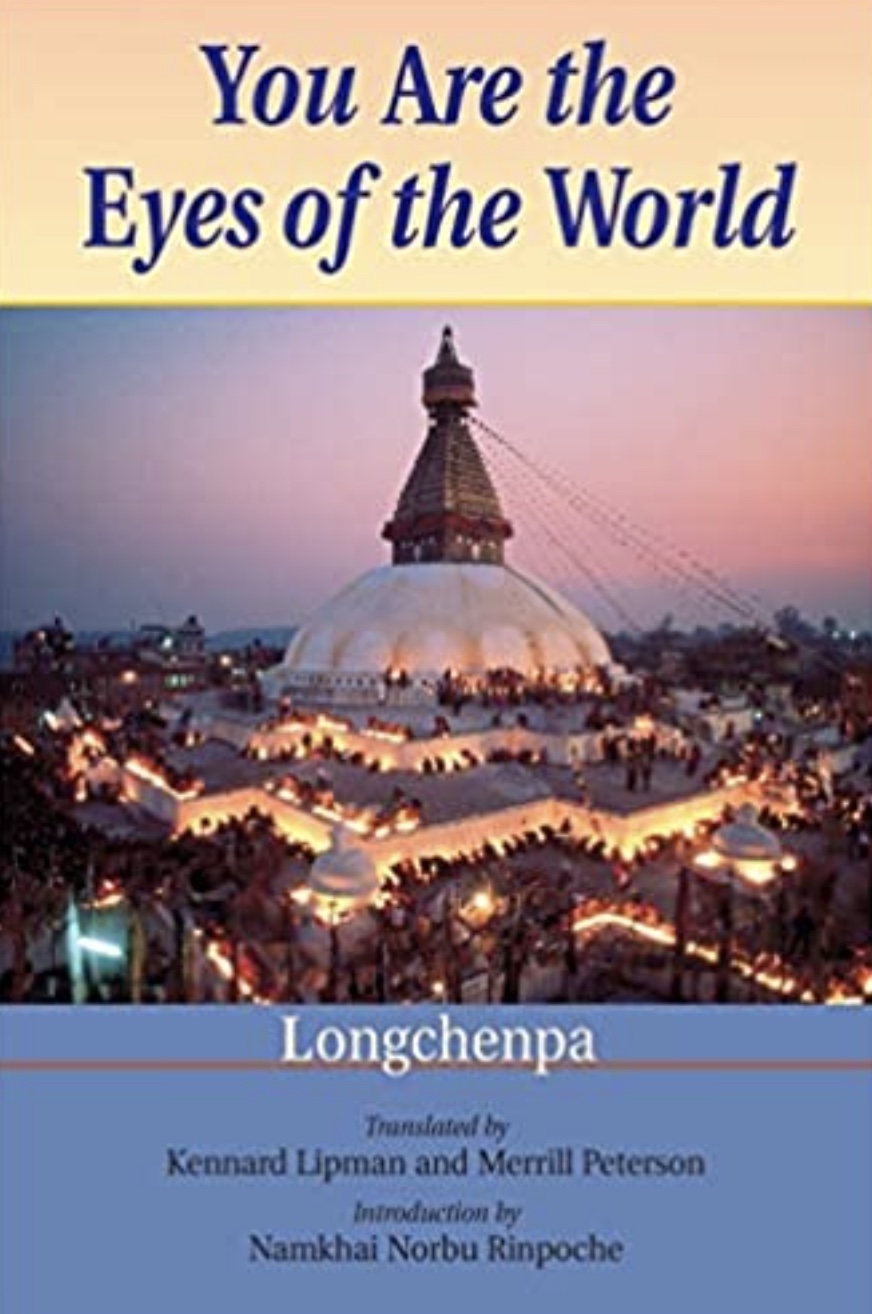
Longchenpa, the 14th century adept, is one of the key figures in the development of Dzogchen. His writing is beautifully poetic and inspiring. He does not describe how to escape life or how to turn off sensations, or how to create extreme spiritual effects. By contrast, he describes the freedom of resting in the world of ordinary experience, the liberation of open, vast, mind.
As with many original Dzogchen texts, Longchenpa’s style is simple and clear. The book contains a commentary by Lipman and Peterson and ends with an excellent bibliography for further Dzogchen reading.
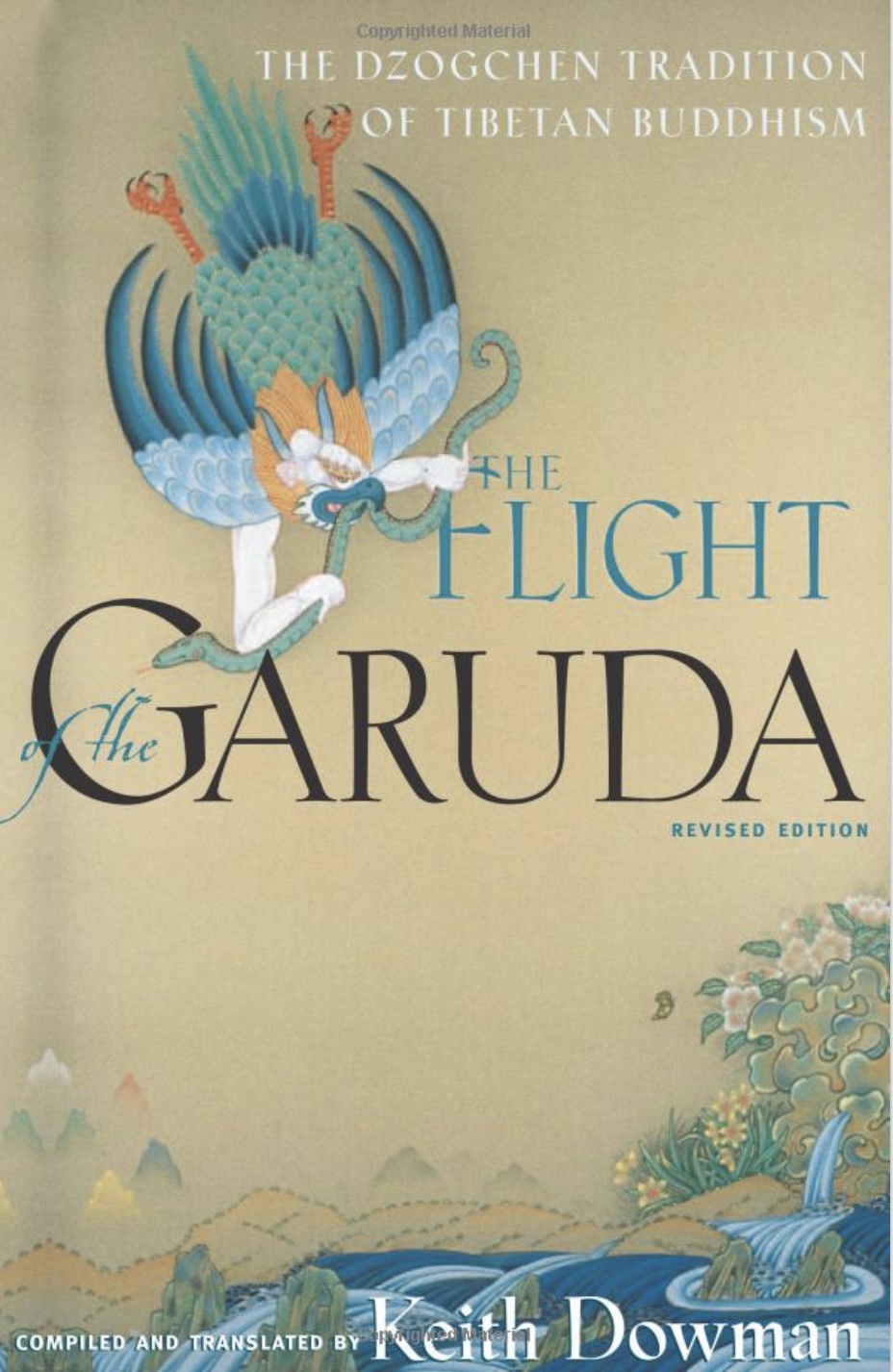
This is an introduction to some Dzogchen texts from the 13th century onwards. It includes the songs of realization of Shabkar, an 18th century itinerant yogi, and Paltrul Rinpoche’s Extraordinary Reality, a complete practice instruction on view, meditation, and action.
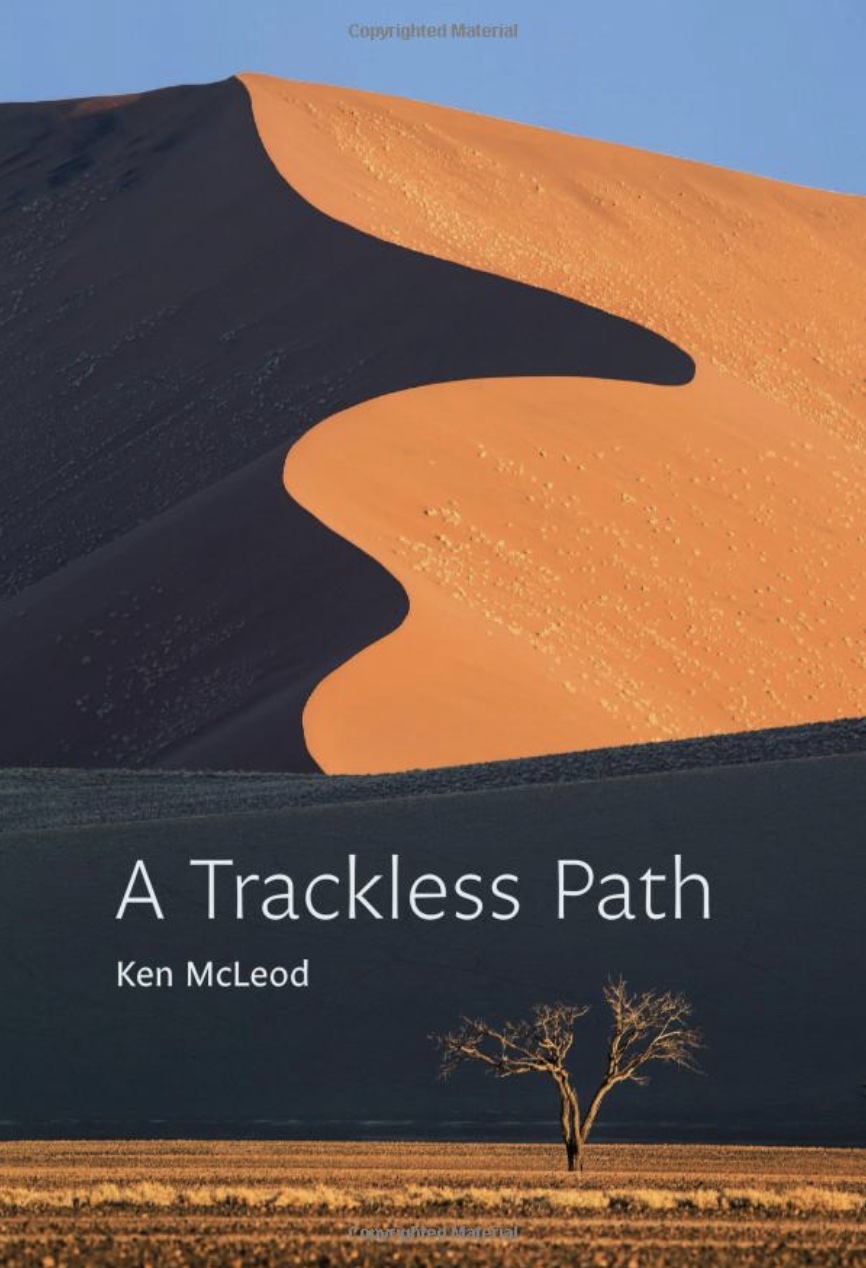
Ken McLeod’s introduction to the pointing out instructions in Dzogchen is clear and simple. It is a good book to pick up once you already have some meditation experience and have read some introductory texts. David Chapman wrote a review of A Trackless Path in which he says:
“what you may gain [from reading the book] are inspiration and curiosity. Not intellectual curiosity about “this is an interesting system, I want to understand it”—that probably won’t go anywhere. Unlike other Buddhisms, Dzogchen isn’t a system of doctrine or practice. Instead, you may gain experiential curiosity, as in “I wonder what that’s really like—is this actually a thing? Is it possible?”
Theory and history
Germano’s thesis is the best, short introduction to the historical development of Dzogchen. He outlines competing strands of practice that led to increasing ritualization and association with death rites.
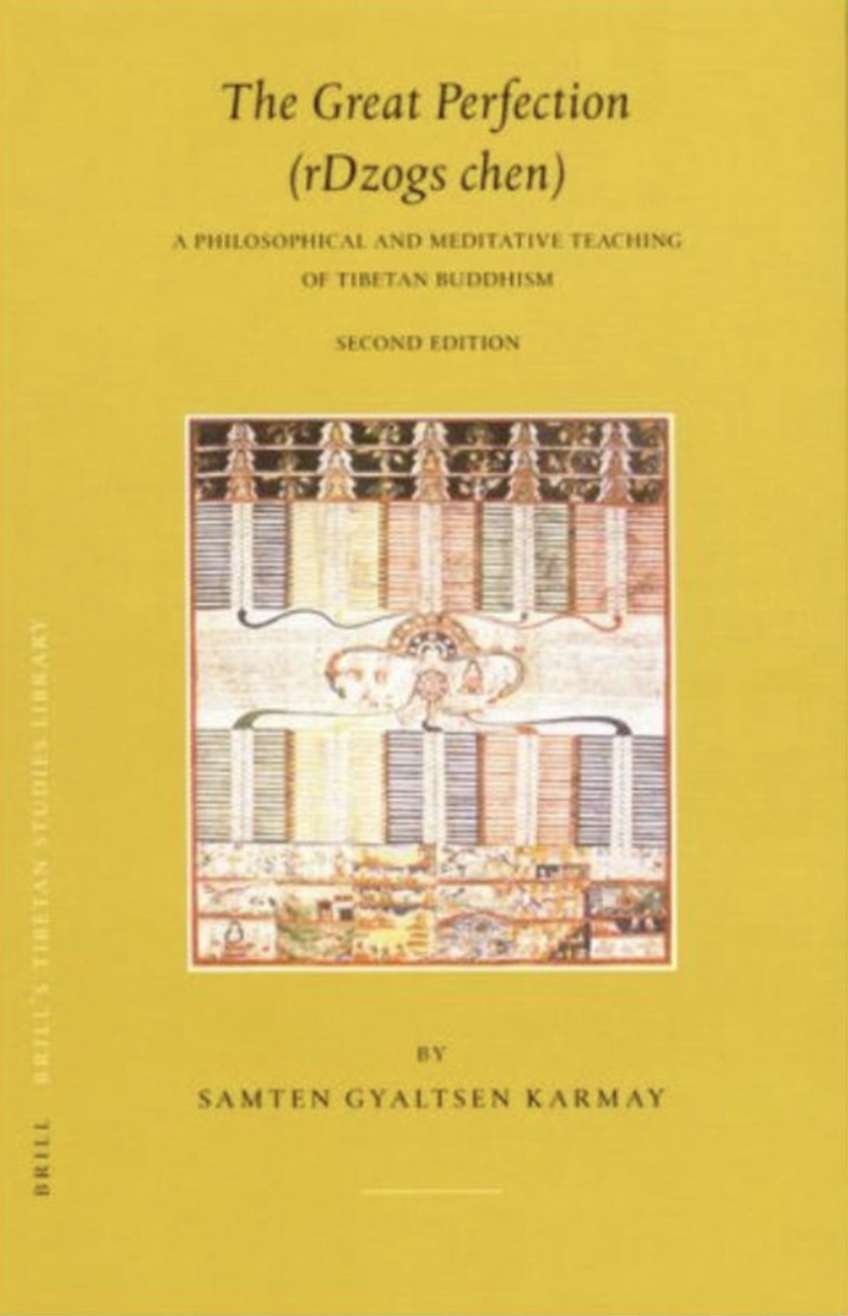
Samten Karmay’s book The Great Perfection was the first comprehensive study of Dzogchen as a historical development. Previous histories were all written from an internal perspective as lineage stories with tales of magical transmission from mythical characters. This book is expensive but most of it is available to preview online.
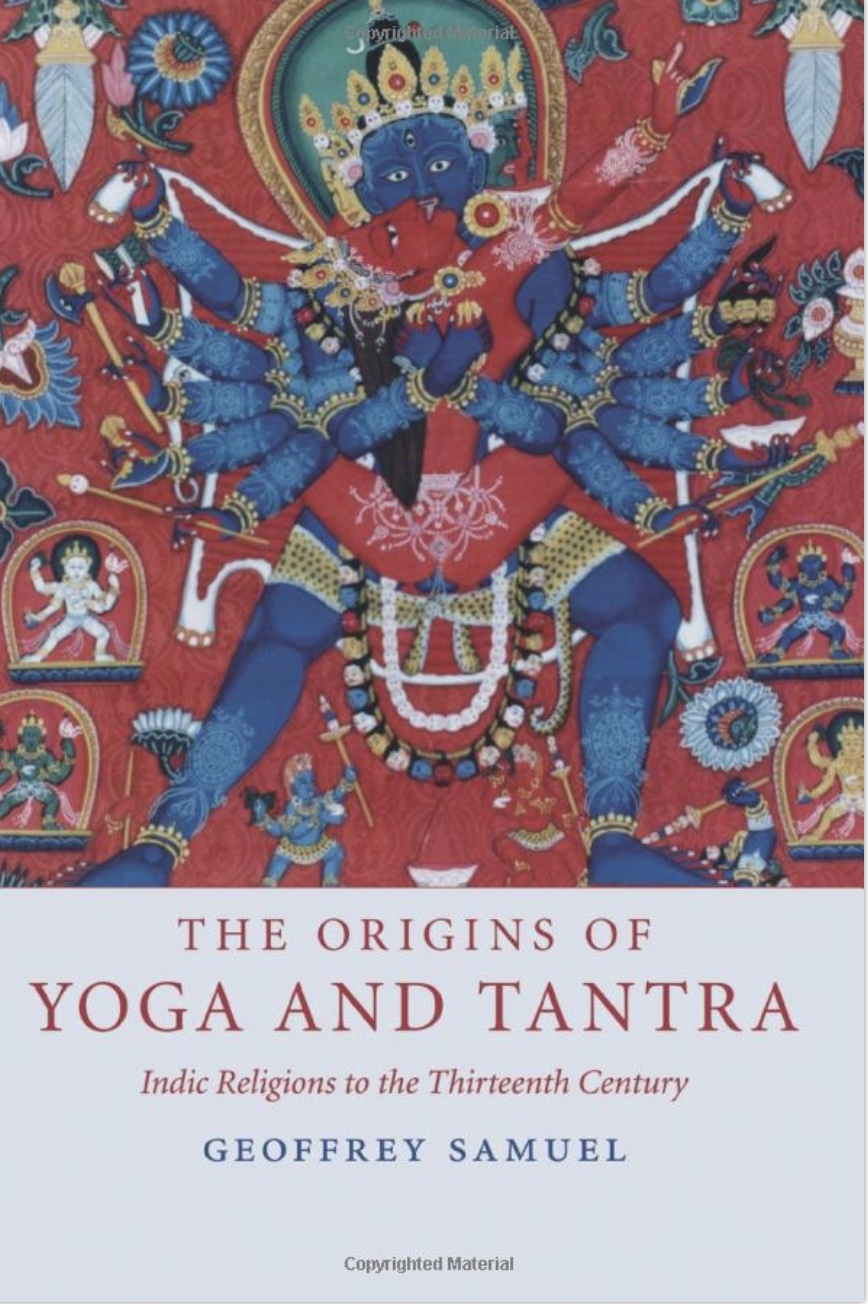
Geoffrey Samuel’s Origins of Yoga and Tantra is not about Dzogchen specifically but I’m including it here in case you want to understand the wider context and history of the tantras. It’s a brilliant multi-disciplinary approach to the cultural influence of tantric and yogic practice in Indian societies over a millennium prior to Tantric Buddhism spreading to Tibet in the 8th century.
